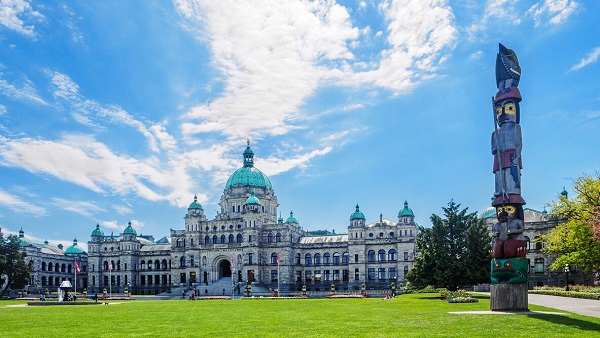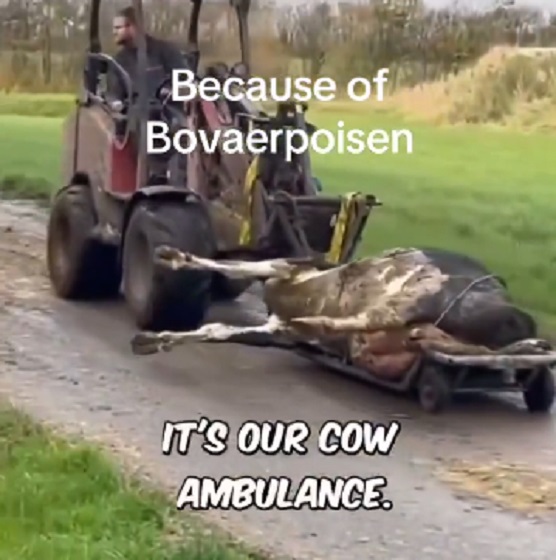Travel
Angling and adventure greet our intrepid traveller on Padre Island

By Gerry Feehan, award-winning travel writer and photographer. Here is his latest story, Padre Island, Texas.
_________________________________________________________________________________________
“…I peaked through a stack of chili-flavoured pork rinds, past a battered flag of the Lone-Star State hanging in the dirty window, and into the parking lot. Smiley was staring storeward… waiting….”
Padre Island Texas is a long spit of sand dunes guarding mainland Texas from the destructive tornadoes and winter storms that pound in from the Gulf of Mexico. Between this narrow barrier island and the mainland lies Laguna Madre, a shallow hyper-saline sea renowned for sensitive sea grass and world-class fishing.

The end of the road on South Padre Island.
On some Padre Island, Texas beaches, camping is free. South of Corpus Christi, at Padre Island National Seashore, free boon-docking extends for over 100 kilometres. But the sandy entrance is also the only exit. So, after you bite off as much of the hard-packed seashore road as you can chew and you’ve had your fill of remote surf and turf, a tight U-turn and a long return drive up the beach is required to get back to civilization.
It was shoulder season, so we and our RV had the whole shoreline to ourselves.

Now that’s remote camping!
The other campers were all outfitted for fishing. “When in Rome,” thought I and asked the park ranger if he knew of any local fishing guides.
The weather was atrocious: 3°C with a 70-kilometer north wind. Only a Canuckle-head would beach in such conditions; five meters from the raging ocean and sideways to a Gulf gale. The van was a rockin’ all night.
In the morning the weather cleared, the sun shone and the wind ebbed, portending a fine day on the Laguna Madre. We drove back across the causeway to the mainland, toward Arroyo City and a lovely campground along a canal fronting the ocean. We chose a site protected by live oak trees in case (heaven forbid) the weatherman’s prognostication was inaccurate and the wind began to howl anew. As per our typical MO, we arrived at dusk, sans reservation.
The other campers were all outfitted for fishing. “When in Rome,” thought I and asked the park ranger if he knew of any local fishing guides.
“No, I sure don’t,” he said. “Y’all could check with the live-bait store back in town. Look for the big sign – a redfish – out front. They may have a’ idea.” I asked Florence if she’d mind hanging solo for a day while I went angling. “No, go ahead. I’ll spend the day relaxing, reading and knitting.” I wandered down the road. When I saw red, I stepped in. The shop smelt. After baiting the proprietor with fishing small-talk, I asked, “Do you think you could find a guide to take me out tomorrow?”
“Well, I know of a fella lives right by,” he said, chewing uncertainly on a pork rind, “but it’s kind of late and I doubt he’d be available on short notice. I could call if you like.” He picked up the phone.

Captain Smiley
Five minutes later ‘Captain Smiley’ was walking in the door. He shook my hand and arrangements were made to tackle an early morning. The sun had not yet risen when the Captain putt-putted up to our riverfront campsite and welcomed me aboard. Minutes later, dawn greeted us as we cast our first lines into the shallow, glassy waters of Laguna Madre. A fat red drum hit on my second cast; a fighting day was upon us.
I had a great time with Smiley. Affirming his moniker, he laughed and joked all day long in his charismatic Tex-Mex accent.
The night before I had warned the Captain that I was short on greenbacks and would need to pay by cheque. He hesitantly agreed. When we arrived back at dock he expertly prepped my red-fish “on the half-shell” for grilling. Driving me back to our campsite he diverted his battered pick-up truck toward the bait shop. Pulling up he informed me that there was an ATM inside. Evidently he preferred cash to a cheque written on the reputable but foreign Royal Bank of Canada. I smiled, opened the door and headed into the store.
I had no bank card, just a US Visa. Uncertain if I could withdraw cash or whether my PIN# would work, I shoved the card in, chose English over Spanish as my language of preference and, after agreeing to an unreasonable fee for using the bank machine (“in addition to whatever other charges your financial institution may impose”). I prayed silently as I entered my personal security particulars. The machine sat quietly for a time, made some distant interior rumblings and eventually announced: “Request Declined.”

Roseate spoonbill
I peaked through a stack of chili-flavoured pork rinds, past a battered flag of the Lone-Star State hanging in the dirty window, and into the parking lot. Smiley was staring storeward… waiting.
I checked to see if there was a back exit. The wary owner eyed me suspiciously. The rear door led through a heap of fish offal into an alligator-infested swamp. Preferring embarrassment to an awful death, I thought I’d again ask the Captain if he would accept my cheque. I took a last baleful glance at the ATM and noticed a message: “maximum withdrawal $120.” I had requested too much dinero. I started the process anew, punched in my PIN, agreed to pay the usurious fees and crossed my fingers. The machine slowly spat six tattered twenties at me. A full day of guided fishing is not cheap. I repeated the process a few times. Eventually the tired machine coughed up enough cash to retire my piscatorial indebtedness.
I handed the dough to Smiley. He smiled and asked, “Do you want to fish tomorrow?” I couldn’t envisage enduring another ATM debacle and, in any event, it was time for us to move on from this arroyo.
“No thanks,” I said, “we need to hit the road tomorrow.”
“Aw, that’s too bad,” said Smiley. “Tomorrow’s my day off and what I do on my day off is… go fishing. I’ll take you out on my dime.”

A great blue heron eyes the fishing.
I saw my calendar clearing.
I called Florence to ask leave. She concurred, delighted. (Apparently, one day away from her beloved was insufficient to create any overwhelming desire to be reunited in the confines of our small RV.)
I had another great “caught my limit” day of fishing. As I fried up a delicious speckled sea trout that night, Florence asked, “Are you going fishing again tomorrow?”
“Naw,” I said. “Smiley’s got a customer lined up for the morning.”
“Gee, that’s too bad,” she said, “this fish is incredible.” She was eyeing her knitting.
______________________________________________________________________________________________

Gerry Feehan
Hope you enjoyed your trip to Padre Island Texas. Gerry Feehan is an award-winning travel writer and photographer. He and his wife Florence live in Red Deer, AB and Kimberley, BC. You can read more of his stories here.
“India? Are you nuts?” Join Gerry for Part 1 of his series on India.
Business
Looming Air Canada strike highlights need for more competition in the air

From the Fraser Institute
By Alex Whalen and Jake Fuss
Air travelers in Canada are facing a major disruption as Air Canada’s flight attendants threaten strike action. Air Canada says the strike could affect 130,000 passengers per day from coast to coast.
Currently, two airlines control between roughly half and three quarters of all air travel at Canada’s major airports. When either Air Canada or WestJet face a disruption, a large share of Canada’s overall air traffic is affected. In recent polls, a majority of Canadians have said they feel like Canada’s system of air travel is “broken”. Passengers experiencing hardship should cheer for more competition in Canada’s airline industry.
Increased competition has multiple benefits. When one airline inevitably faces a disruption, passengers would have more options to book with other carriers. Competition also tends to lead to lower prices and better service across the board for the customer, as power shifts away from the supplier and toward the consumer.
Unfortunately, Canada’s skies are largely sealed off from competition.
Due to restrictive federal rules known as “cabotage”, foreign airlines may fly to Canadian airports, but they cannot operate routes exclusively within Canada. For example, a foreign airline such as Delta can fly from New York to Toronto, but cannot then fly from Toronto to Montreal. This policy limits choice and competition within Canada.
In contrast, the European Union removed cabotage restrictions for member-states in the 1990s. The result? More competition (including from new low-cost carriers such as Ryanair), a 34 per cent decline in ticket prices (adjusted for inflation), more cross-border routes, and greater flight frequencies. The entry of new low-cost carriers alone helped lower airfares by 20 per cent.
But new entrants into the industry, including low-cost carriers, face significant barriers to entry in Canada, with foreign ownership restrictions compounding Canada’s competition problem. Currently, the Canada Transportation Act caps foreign ownership of Canadian airlines at 49 percent, and no individual foreign investor can own more than 25 percent of the voting shares.
Starting a new airline is obviously a big undertaking, in part because of the large amounts of capital required to acquire a fleet of airplanes. These rules limit the ability of new entrants to raise the necessary investment capital to compete in the Canadian market.
Loosening these restrictions was recently recommended by Canada’s Competition Bureau, which had been tasked with studying the dismal state of competition in Canada’s airline sector. Earlier this year, we authored a study published by the Fraser Institute which reviewed international best practices in airline policy. Based on this review, we recommended Canada remove foreign ownership restrictions, among numerous other recommendations where Canada is offside with peer countries, including the need for lower taxes and fees, changes to Canada’s airport ownership structure, and a more competitive regulatory burden.
The looming Air Canada strike is just the latest in a long list of regular disruptions faced by Canadian air travelers. While such disruptions may never be fully eliminated, government policy is making the situation worse than it needs to be. Cabotage and foreign ownership restrictions should be removed to provide consumers greater choice when it comes to air travel.
Business
Competition Bureau recommends bureaucratic power grab over airline industry
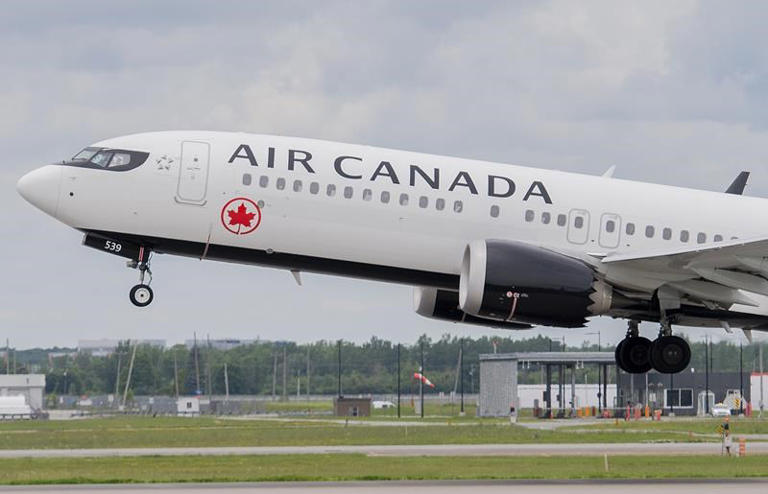
From the Fraser Institute
By Matthew Lau
According to the Competition Bureau’s recent market study of Canada’s airline sector, “Competition delivers major benefits to Canadian travellers. Beyond lower prices, competition drives quality improvements and innovation.” This statement about economic competition is correct. Unfortunately, however, some of the Bureau’s other ideas about economic competition are fundamentally wrong and its poor proposals, which would damage the airline industry, are mixed in with beneficial proposals.
Let’s begin with what the Competition Bureau, a law enforcement agency that reports to the federal government, gets right. Three of the 10 recommendations in the Bureau’s market study relate to opening Canada’s airline sector to international competition. Allowing more international competition is an commonly proposed idea (including in a Fraser Institute study earlier this year) and a good one.
Specifically, the Bureau recommends raising the single-investor foreign ownership limit for Canadian airlines to 49 per cent, allowing 100 per cent foreign ownership for domestic-only Canadian airlines, and working with other countries to remove foreign competition restrictions. The Bureau also recommends reducing regulatory costs for northern operators to support northern and remote market access, and opening government contracts to as many bidders as possible to get better value for taxpayer dollars.
Alas, despite these good ideas for protecting or improving competition, the recommendation at the top of the Competition Bureau’s list is negative, founded on a poor understanding of economic competition, and places far too much faith in the power of government intervention to preserve or improve competition.
“We recommend adopting a system of parallel reviews,” reads the study. “Under this system, both the Commissioner of Competition and the Minister of Transport would conduct independent reviews. Either process could block a transaction, and deals could only proceed if they cleared both reviews.”
In other words, the Competition Bureau proposes the Commission of Competition (the head of the Bureau) have veto power over airline mergers and acquisitions. The stated intention is to disallow anti-competitive mergers or collaborations, but this appears to be a bureaucratic power grab that would block transactions that benefit airline passengers and likely reduce investment in the airline sector.
Speaking to a parliamentary committee last year, a deputy commissioner with the Bureau pointed out that it had opposed three airline mergers in recent years—all of which the federal government finally approved despite the Bureau’s opposition, although with onerous political conditions.
The Competition Bureau laments industry concentration (the degree to which a few large players serve a high proportion of the market), but as a Montreal Economic Institute analysis on airline competition noted, “both economic theory and empirical evidence suggest that it is barriers to entry rather than the size and number of firms in a market that matter.”
Indeed, this was a key economic insight explained by Joseph Schumpeter more than eight decades ago. Industry concentration is not inherently negative and may well result from suppliers and consumers freely making decisions with their own money. Government barriers to entry, which tend to cause industry concentration, is the real problem.
If economies of scale allow large airlines to operate more efficiently than small ones, airline passengers may well be better off when two airlines merge. Or, if an airline is financially distressed, its acquisition by another airline may allow it to continue operations and maintain services. And if airline investors realize they may not be able to eventually exit their investments by selling to other airlines, the long-run effect will be to reduce airline-sector competition and investment.
The Competition Bureau seems to grasp that barriers to entry, not concentration, are the problem by saying its goal “is not always to promote multiple carriers on every route” but rather to promote a competitive environment “where the best airline serves each route but knows it can be replaced.” Yet the Bureau’s hostility towards past airline mergers, as well as value-creating mergers in other industries, suggests it does not apply this thinking consistently and seeks to block even transactions that generate significant economic benefits.
The Bureau’s new report gets some things right, but more bureaucratic power over the airline industry will not help Canadians. The Competition Bureau simply should not have veto power over airline mergers and acquisitions.
-

 espionage2 days ago
espionage2 days agoU.S. Charges Three More Chinese Scholars in Wuhan Bio-Smuggling Case, Citing Pattern of Foreign Exploitation in American Research Labs
-

 Business22 hours ago
Business22 hours agoCarney’s Deficit Numbers Deserve Scrutiny After Trudeau’s Forecasting Failures
-
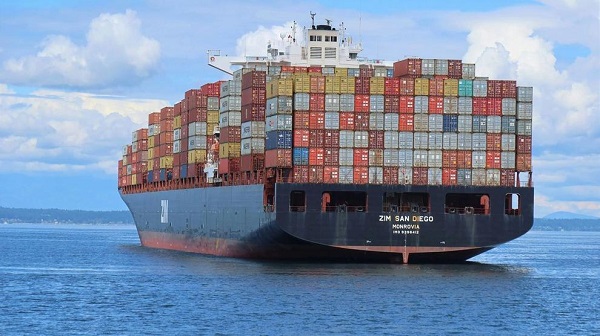
 Business2 days ago
Business2 days agoU.S. Supreme Court frosty on Trump’s tariff power as world watches
-

 Business1 day ago
Business1 day agoHere’s what pundits and analysts get wrong about the Carney government’s first budget
-

 International22 hours ago
International22 hours agoKazakhstan joins Abraham Accords, Trump says more nations lining up for peace
-
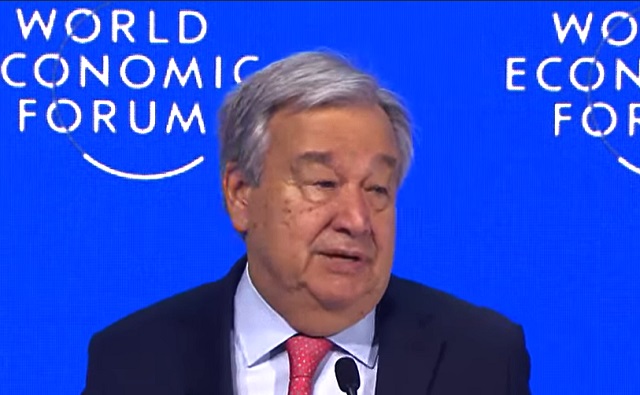
 Daily Caller2 days ago
Daily Caller2 days agoUN Chief Rages Against Dying Of Climate Alarm Light
-

 Business1 day ago
Business1 day agoCarney budget doubles down on Trudeau-era policies
-

 Automotive22 hours ago
Automotive22 hours agoElon Musk Poised To Become World’s First Trillionaire After Shareholder Vote

